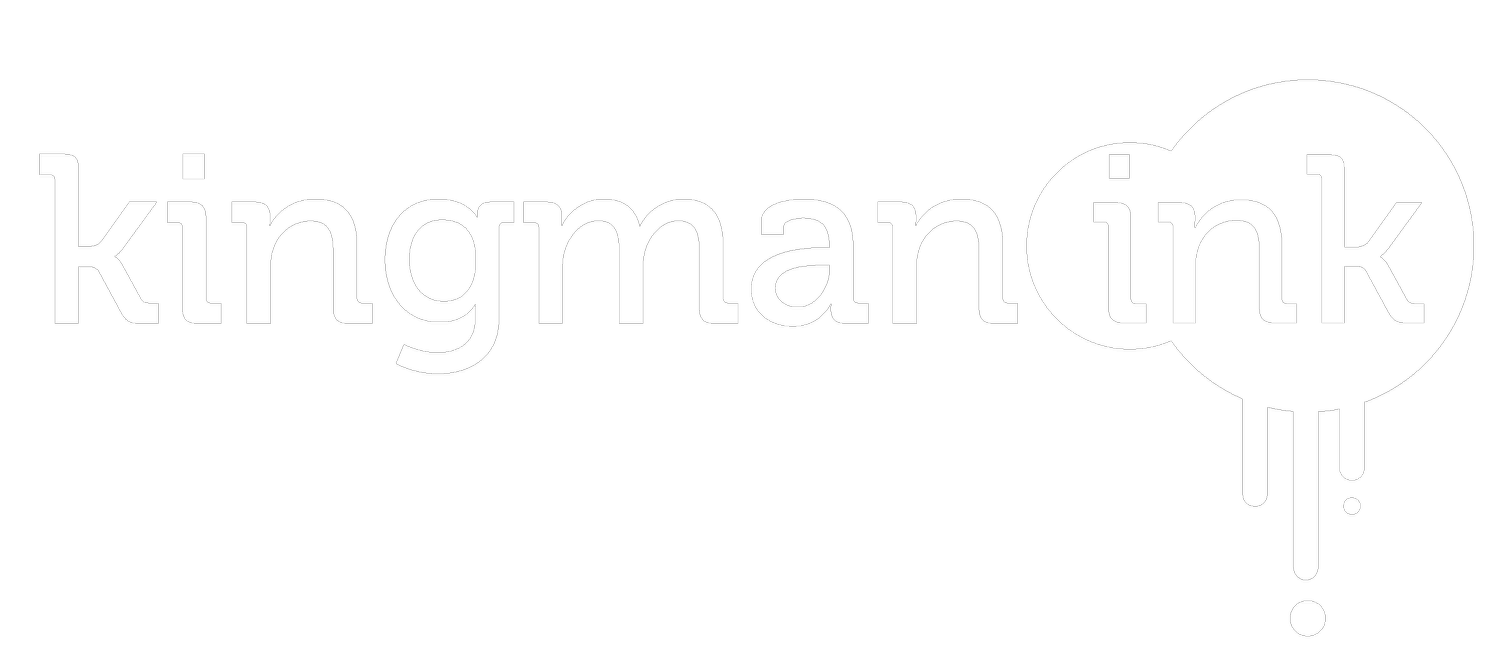I’ve taught workshops for corporate leaders at McKinsey & Co., for MBA students at MIT Sloan, and for cross-functional teams at biotech companies. Each time, there’s some hemming and hawing about not being able to draw, or not being “artistic.” Then I tell them that if we do this right, it’ll feel like they’re back in kindergarten.
Kindergarteners don’t draw something and then give you all sorts of disclaimers about how terrible it is. Around first or second grade, we start to overthink the whole drawing thing. Before that, we’re open to experimenting.
So when I want to encourage folks to experiment with more visual communication — whether it’s on a whiteboard during a meeting or in personal sketchnotes — I look to books that are made for kids.
In honor of International Children's Book Day, here are three of my favorites:
Ed Emberley's Drawing Book: Make a World
By Ed Emberley
I owe such a debt of gratitude to Ed Emberley for teaching me that if you abstract it enough, anything can be represented with a set of simple shapes. Using only a handful of lines, he shows you how to make an entire world. This simple visual vocabulary is an incredible foundation. From there, you can branch out and play with color, organic shapes. He unlocks a universe with a tiny set of keys that we all have access to.
Draw Here Activity Book
BY Hervé Tullet
Hervé Tullet has my number — he revels in the beauty of three primary colors and lots of circles and lines. Instead of representing the visible world, he opens your imagination with abstraction — demonstrating how to capture gestures and rhythm with just lines and color. Tullet’s particular magic in this book (he’s made dozens of amazing children’s books) is inviting you to mix your own magic with his, in a collaboration of color and form. There’s also the side benefit of getting to draw in an actual book, which feels pretty exciting to me.
Cute Drawings: 474 Fun Exercises to Draw Everything Cuter
By Yooco Takashima
I’m not sure if this book is geared to kids, or just anyone who wants things to be CUTER, now! But what I love about it is how clearly it breaks down objects from daily life into super-simple, iconic characters. The exercises are easy and fun, with lots of room to add your own variations.
Those carefree images we draw as kids are about expression. And we still have those tools as adults! By adding some simple sketches to your repertoire — whether it’s for the office brainstorming session or your own inspiration — you can give shape to your ideas.




